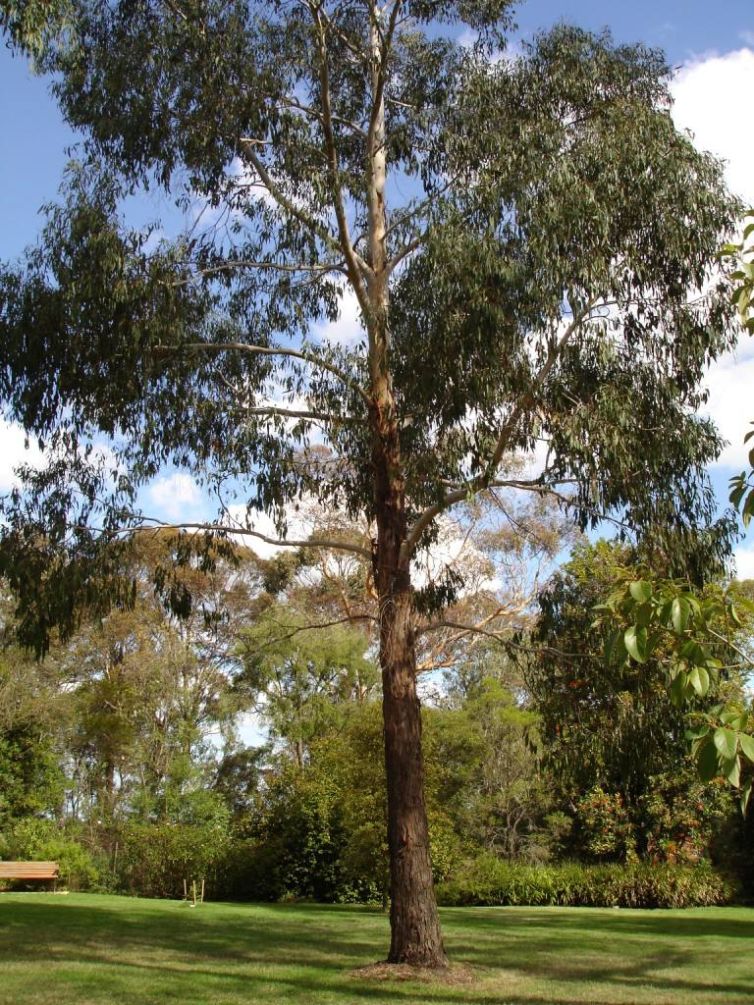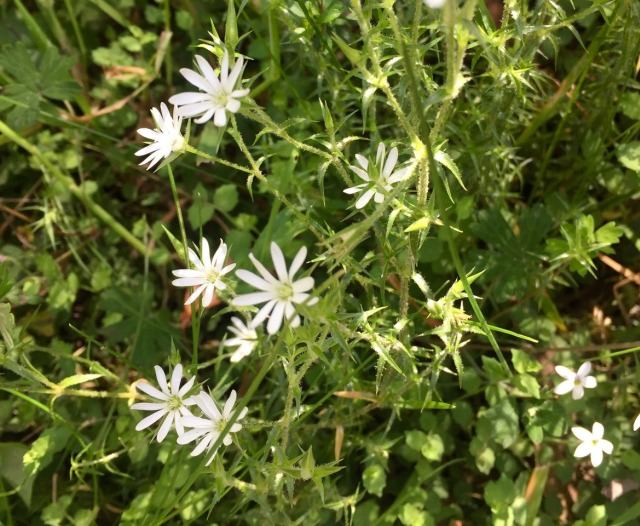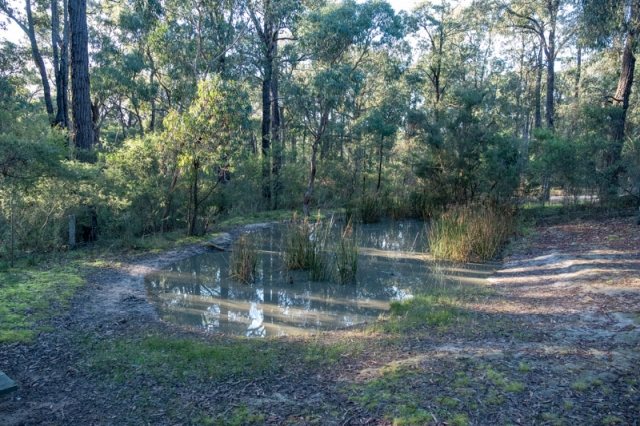This beautiful 1.5 km walk takes you in amongst towering trees, wonderful wildflowers, beautiful birdlife, and fantastic fungi.
That is not all though, often the most exciting part is that you never know exactly what you may come across while you are walking out in nature, especially if you are keeping your senses tuned in to the natural world around you. Your eyes, ears and nose, each plays a crucial role in getting the most out of this short walk through the forest. What bird is making that call? What is that smell as I walked past that section of trail? What does this leaf smell like if I crush it? Who makes those scratchings in the dirt, or cuts in the tree? What is the name of that flower?
We’ll try to answer these questions and more as you’re walking along. When you see the interpretive signs along the way, each has been fitted with a QR code giving you access to a wealth of information and stunning images of flora and fauna that can be seen here at Distillery Creek in Aireys Inlet, or, as it was known for many generations, Manga Wak.
The Friends of Eastern Otways acknowledge the past and present connection to Country held by the Wadawwurrung people, who looked after Country for time immemorial, benefiting both the people that lived here and the incredible biodiversity of plants and animals. We pay our respects to the Wadawurrung elders, past, present, and emerging.
Go now and enjoy walking through this special place.

Begin the circuit walk at the Nature Trail sign in the lower Distillery Creek Picnic Ground. Turn left as directed by the trail sign and follow the track around until it returns you to your starting point.
You will cross a well-formed track, Ironbark Drive, in two places. The first section of the trail takes you through the ironbark forest with its understorey of Dusty Miller and Hazel Pomaderris. In late winter and spring the delightful yellow flowers of the Prickly Moses and Varnish Wattles will be flowering together with the glorious white flowers of the Dusty Daisy-bush and nearer the ground the white starry flowers of the Prickly Starwort. Tall Greenhoods are plentiful along the sides of the trail and the rarer, Brown-tipped Greenhood has some fine colonies.
Once you come to the Currawong Falls Track that goes off to the left you will notice a marked change in the vegetation, with Swamp Gums, peppermints, messmates, Manna Gums and tall Mountain Grey-gums appearing.
There is a viewing spot above Distillery Creek. The creek is often dry but you may be fortunate enough to see water there.
There is a boardwalk to protect the damper environment from being trampled along the edge of Distillery Creek.
Once back at the Picnic Ground it is interesting to notice the grey-brown furrowed trunks of the ironbarks compared with the blackened ones that were burnt in the 1983 bushfires. You may like to sit near the waterhole and observe the birds that frequent the area. You are almost certain to see honeyeaters, Superb Fairy-wrens, Eastern Yellow Robins and Grey Fantails. Perhaps you might see an Eastern Spinebill.
Take a moment to stop and look from the treetops to the forest floor.
Do you want to go on a Nature Scavenger Hunt? There are so many wonderful things to discover! You can use this list as a starting point for your explorations. See how many you can find!
You can scan the QR code at each of the following interpretive signs to learn more about the plants and wildlife in this area:
Dusty Daisy-bush (Photo by Ellinor Campbell)
Eastern Yellow Robin (Photo by Keith McLean)
Swamp Gum (Photo by HelloMojo)
Grey Fantail (Photo by Duncan McCaskill, CC BY)
Prickly Starwort (Photo by Ellinor Campbell)
Tall Greenhood (Photo by Margaret MacDonald)
Brown-tipped Greenhood (Photo by Margaret MacDonald)
Ironbark (bark) (Photo by Ethel Aardvark, CC BY)
Ironbark (tree) (Photo by Melburnian, GNU)
Shining Peppermint (Photo by Alison Watson)
Waterhole (Photo by Margaret Lacey)
Dusty Miller (Photo by Rob Shepherd)
Messmate (Photo by Arthur Chapman, CC BY)
Mountain Grey Gum (bark) (Photo by Poyt448)
Manna Gum (Photo by Murray Fagg, CC BY)
Hazel Pomaderris (Photo by Murray Fagg, CC BY)
Varnish Wattle (Photo by Ellinor Campbell)
White-plumed Honeyeater (Photo by Margaret Lacey)





















